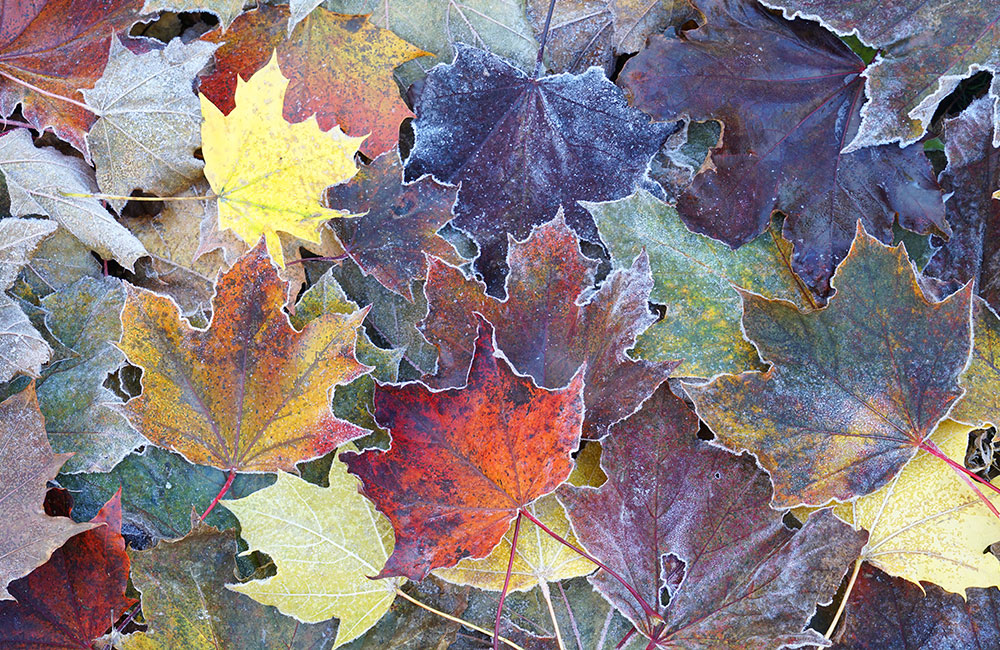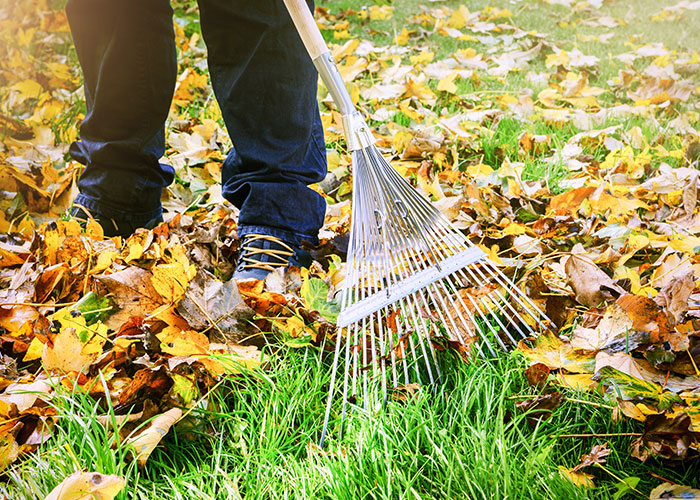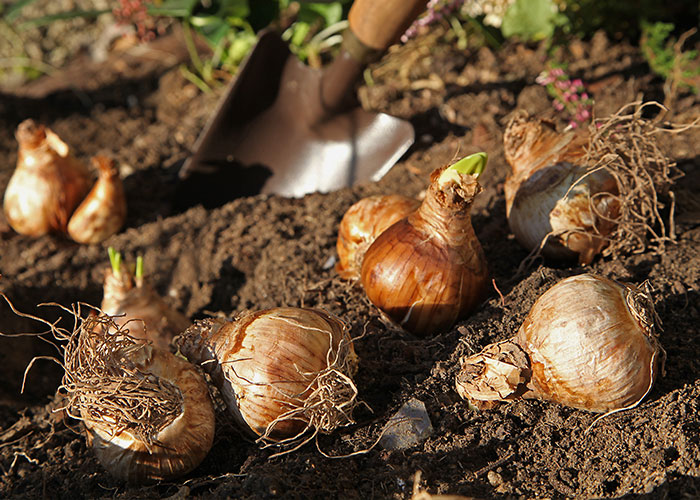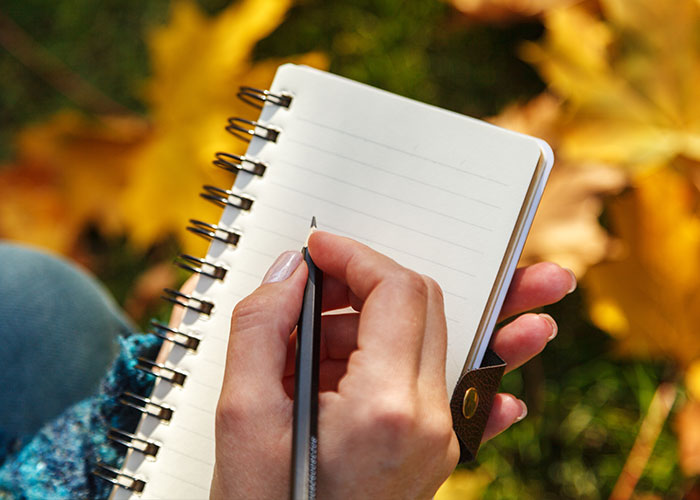Putting Your Garden to Bed: Things to do Before First Frost
Written by Ann Meisoll, Mikaela Rice & Susan Frakes
Many of us are taken by surprise when the first frost finally hits even though it’s inevitable every year. Though Richmond’s first frost date falls on average around October 16th, if one thing is for certain about Mother Nature, it’s that she doesn’t operate on a set schedule. Once it finally appears in the forecast, we’re often left scrambling in the garden. Planting for next year, bringing our plants inside, and treating our landscape suddenly becomes very urgent. Want to get ahead of the game this year? We’ve put together this handy checklist as a reminder of things to do before temperatures drop!
- Water all your plants, including your evergreens! When it starts to get cold, plants still need some water. In fact, cold fall weather can be just as deadly to evergreens as hot, dry summer weather. If it doesn’t rain, you need to be that water source. Want an extra layer of protection? Spray your evergreens with Wilt-Pruf to help protect them against drying out in the cold and wind.
- Get ready to feed your grass one last time—but wait until after the beginning of November.
- Mulch everything that hasn’t already been mulched. Make sure it’s no deeper than 1”.
- Don’t make your garden beds TOO clean. Do you have leaves that you raked? Put them in your beds instead of having the county haul them off. They’ll act as a mulch layer, and they will gradually break down and turn into leaf compost, adding back to your existing soil.
- Make sure to pick all of your remaining tomatoes! The green ones will ripen inside.
- Plant your daffodils, tulips, hyacinths, and other spring bulbs. Be sure to plant them with Espoma Organic Bulb-tone to give them a great start.
- Plant perennials for big beautiful color next spring and summer. Root systems establish much easier this time of year.
- Take your bloomed-out mums from containers, plant them in the ground for winter protection, and mulch. Leave any bloomed-out foliage on the plant until spring cleanup – it helps to insulate the root ball.
- Do you have tender crops and plants you want to give a little extra protection? Buy Dalen Harvest Gard—also called a floating row cover. It lets light, air, and water through, but keeps plants a little warmer than the outside air.
- If insects like scale and mites were an issue on your shrubs this year, spray your plants with Bonide All Seasons Horticultural Oil to kill any insects that might overwinter.
- Consider taking pictures of your garden to help your memory for next year and making some notes on what worked and what you want to change. A little planning goes a long way!
- Gather up your houseplants on your porch and patio (preferably in the shade) and check for insects. If you find some creepy crawlies, you can knock some of them off with a blast of water. You can also treat with Hi-Yield Systemic Insect Granules and Ferti-lome Triple Action. Bring your houseplants inside when it starts to get too chilly.
- Bring in or put away containers that don’t take to a freeze in a frost-free area. If your container contains any tender perennials like eucalyptus, bring them up close to the house for winter protection.
- Remove any drip pans you have placed under your containers. H20 will freeze and crack the pot!













